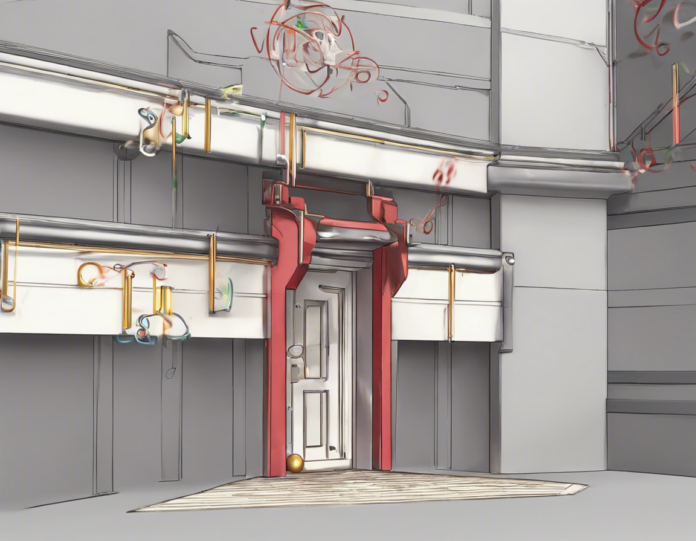Introduction
In today's digital age, presentation slides have become a powerful tool for communicating information effectively. Whether you are a business professional delivering a pitch, a teacher giving a lecture, or a designer showcasing your work, using slides is a common practice to engage your audience. However, creating engaging and visually appealing slide transitions can make a significant difference in how your content is perceived. This is where motion effects come into play.
What are Motion Effects?
Motion effects refer to the animation and movement applied to elements on a slide to create dynamic transitions between one slide and the next. They can range from simple animations like fade-ins and slide-ins to more complex effects like zooms, rotations, and transitions that mimic real-world movements.
Why Use Motion Effects for Slide Transitions?
Using motion effects for slide transitions offers several benefits, including:
- Enhanced engagement: Motion effects can capture the audience's attention and make the content more engaging.
- Visual appeal: Dynamic transitions can make your slides visually appealing and memorable.
- Storytelling: Motion effects can help you tell a story or convey information in a more compelling way.
- Professionalism: Well-executed motion effects can demonstrate a level of professionalism and attention to detail in your presentations.
Types of Motion Effects
There are various types of motion effects that you can use to create visually stunning slide transitions. Some of the most common ones include:
- Fade: Elements fade in or out of the slide.
- Slide: Elements slide in from the side of the slide.
- Zoom: Elements zoom in or out of the slide.
- Rotate: Elements rotate as they enter or exit the slide.
- Flip: Elements flip to reveal the next slide.
How to Use Motion Effects in Your Slides
Here are some tips on how to effectively use motion effects in your slides:
1. Keep it simple: Avoid using too many motion effects in one slide as it can be distracting.
2. Consistency: Use consistent motion effects throughout your presentation for a cohesive look.
3. Relevance: Ensure that the motion effects you choose enhance the content and message you are conveying.
4. Timing: Pay attention to the timing of the motion effects to ensure they align with your narration or pacing.
5. Practice: Before presenting, practice your slides to ensure that the motion effects work smoothly and as intended.
Best Practices for Using Motion Effects
To make the most of motion effects in your slide transitions, consider the following best practices:
- Subtlety: Use motion effects to enhance the content, not distract from it.
- Alignment: Ensure that motion effects align with your brand and overall design aesthetic.
- Testing: Preview your slides to check how motion effects appear on different devices and screens.
- Feedback: Get feedback from colleagues or peers on the effectiveness of your motion effects.
Conclusion
Incorporating motion effects into your slide transitions can elevate your presentations and captivate your audience. By understanding the types of motion effects available, how to use them effectively, and following best practices, you can create visually stunning slides that leave a lasting impression. Experiment with different motion effects and find the ones that best complement your content and style to create impactful presentations.
FAQs (Frequently Asked Questions)
1. How can motion effects improve my slide transitions?
Motion effects can enhance engagement, add visual appeal, aid in storytelling, and convey professionalism in your presentations.
2. Are there different types of motion effects available for slide transitions?
Yes, some common types include fade, slide, zoom, rotate, and flip effects that you can use to create dynamic transitions.
3. What are some best practices for using motion effects in slides?
It is recommended to keep it subtle, align with your brand, test on different devices, and seek feedback for effective use of motion effects.
4. How can I ensure that motion effects do not overshadow my content?
By keeping motion effects simple, relevant, and consistent, you can ensure they enhance rather than distract from your content.
5. Why is it important to practice and test motion effects before a presentation?
Practicing and testing motion effects help ensure they work smoothly, align with your narration, and enhance your overall presentation.

